"About Puer Tea." Seven Cups Fine Chinese Teas. Tucson, AZ: Green Dragon Enterprises LLC. Retrieved August 27, 2014.
- Available at: http://www.sevencups.com/about-tea/puer-tea/
"About Puerh." Horse Road Tea. Retrieved August 28, 2014.
- Available at: http://www.horseroadtea.com/puerh.html
"About Pu-Erh Teas." Puerh Tea. Retrieved August 28, 2014.
- Available at: http://www.pu-erhteas.com/about/
"The Ancient Tea Road." China Central Television. Retrieved August 28, 2014.
- Available at: http://english.cntv.cn/program/documentary/special/ancient_tea_road/
"Ancient Tea-horse Road." Amazing Tibet Travel: Tibet Attractions. Retrieved August 28, 2014.
- Available at: http://www.amazingtibettravel.com/tibet-attractions/ancient-tea-horse-road.htm
Beckwith, Sebastian. February 2010. "Trip to Visit Old Tea Trees in Laos." The Tea Horse Road. Retrieved August 28, 2014.
- Available at: http://article.wn.com/view/2014/02/21/The_Tea_Horse_Road/
"Black Puer Tea." Pure Puer. Retrieved August 28, 2014.
- Available at: http://purepuer.com/puer_tea/do/category/black_puer_tea
Brahm, Laurence J. 1 September 2008. Conversations with Sacred Mountains: A Journey Along Yunnan's Tea Caravan Trail. New World Press.
Forbes, Andrew; and Henley, David. 19 July 2011. China's Ancient Tea Horse Road. Cognoscenti Books.
Fuchs, Jeff. 30 June 2008. The Ancient Tea Horse Road: Travels With the Last of the Himalayan Muleteers. Renouf Publishing Co. Ltd.
Fuchs, Jeff. "Hu Kai: A Tea of the Soul." Templar Food Products: Blog. New Providence, New Jersey. Retrieved August 28, 2014.
- Available at: http://icedtea.com/tea-industry/2011/hu-kai-a-tea-of-the-soul/
Fuchs, Jeff. Summer 2008. "The Tea Horse Road." The Silk Road 6(1):63-71.
Fuchs, Jeff. 1 December 2010. "Tea's Ancient Trees." Templar Food Products: Blog. New Providence, New Jersey. Retrieved August 28, 2014.
- Available at: http://icedtea.com/tea-industry/2010/tea%E2%80%99s-ancient-trees/
Gary. 22 January 2012. "To the Source of Tea: The Ancient Tea Groves of Menghai County." China Watch 2050. Retrieved August 28, 2014.
- Available at: http://www.chinawatch2050.com/to-the-source-of-tea-the-ancient-tea-tree-groves-of-menghai-county
Goodwin, Lindsey. "Pu-erh Tea." About.com: About Food > Coffee/Tea > Glossary of Coffee, Tea, Tisane & Hot Chocolate Terms. Retrieved August 28, 2014.
- Available at: http://coffeetea.about.com/od/glossaryofterms/g/PuerTea.htm
Goodwin, Lindsey. "Pu-erh Tea." About.com: About Food > Coffee/Tea > Tea & Tisane 101 & FAQ's. Retrieved August 28, 2014.
- Available at: http://coffeetea.about.com/od/teaandtisanebasics/ig/Tea-Types/Puer-Tea.htm
Goodwin, Lindsey. "What Is Pu-erh Tea?" About.com: About Food > Coffee/Tea > Types of Teas & Tisanes ("Herbal Teas"). Retrieved August 28, 2014.
- Available at: http://coffeetea.about.com/od/typesoftea/a/Pu-Erh-Tea.htm
Goullart, Peter. 1957. Forgotten Kingdom. London, England: John Murray. Retrieved August 28, 2014.
- Available at: http://pratyeka.org/books/forgotten_kingdom/
"Green Puer Tea." Pure Puer. Retrieved August 28, 2014.
- Available at: http://purepuer.com/puer_tea/do/category/green_puer_tea
"History of Pu-erh Tea." Pu-erh Tea. Kunming, Yunnan, China. Retrieved August 28, 2014.
- Available at: http://pu-erhtea.com/History.htm
Horton, Chris. 11 August 2010. "Interview: Jeff Fuchs." Go Kunming. Retrieved August 28, 2014.
- Available at: http://www.gokunming.com/en/blog/item/1732/interview_jeff_fuchs?date=2014-02-07
"Huang Ya Cha: A Rare Tea from the Mannong Ancient Tea Association in Yunnan." Canton Tea Company. Retrieved August 28, 2014.
- Available at: http://www.cantonteaco.com/huang-ya-cha.html
Jenkins, Mark. May 2010. "The Forgotten Road." National Geographic Society. Retrieved August 28, 2014.
- Available at: http://ngm.nationalgeographic.com/print/2010/05/tea-horse-road/jenkins-text
"La route du thé." Les Écrans de Chine: Festival de documentaires chinois du 21 au 30 janvier 2012. Retrieved August 28, 2014.
- Available at: http://festivalchine.wordpress.com/about/la-route-de-the/
"Miracle Weight Loss Tea from China - How Pu-erh Tea Can Help You Shed Pounds." Teavivre: Tea Info. Retrieved August 28, 2014.
- Available at: http://www.teavivre.com/info/pu-erh-tea-weight-loss/
"Natural Tea for Your Health." Pure Puer. Retrieved August 28, 2014.
- Available at: http://purepuer.com/puer_tea/do/page/more
"Pu-erh Tea." Rishi Tea. Retrieved August 28, 2014.
- Available at: http://www.rishi-tea.com/category/pu-erh-tea
"Pu-erh Tea." WebMD: Vitamins & Supplements > Find a Vitamon or Supplement. Retrieved August 28, 2014.
- Available at: http://www.webmd.com/vitamins-supplements/ingredientmono-1169-PU-ERH%20TEA.aspx?activeIngredientId=1169&activeIngredientName=PU-ERH%20TEA
"Pu-erh Tuocha." Puerh Shop. Troy Michigan. Retrieved August 28, 2014.
- Available at: http://www.puerhshop.com/index.php?main_page=index&cPath=9&zenid=k5aa3vgjes7tug1it7hl9c52p5
"Puer Slideshow." Pure Puer. Retrieved August 28, 2014.
- Available at: http://purepuer.com/puer_tea/do/category/puer+slideshow
Stein, Andrew. 12 July 2010. "The Ancient Tea Trees of Southern Yunnan." WildChina Blog. Retrieved August 28, 2014.
- Available at: http://www.wildchina.com/blog/2010/07/the-ancient-tea-trees-of-southern-yunnan/
"Tea Horse Road and Tea History." Horse Road Tea. Retrieved August 28, 2014.
- Available at: http://www.horseroadtea.com/tea-horse-road-tea-history.html
"Tea-Horse Trade Route." Tibetan Trekking Travel Co. Ltd. Retrieved August 28, 2014.
- Available at: http://tibetantrekking.com/tibet/history/tea-horse-trading-route/
"the 26 Mountains of Yunnan." The Leaf Tea & Tao Magazine. Retrieved August 28, 2014.
- Available at: http://www.the-leaf.org/The_26_Mts_of_Yunnan.html
Weise, Kai. 21 February 2014. "The Tea Horse Road." The Himalayan. Retrieved August 28, 2014.
- Available at: http://www.thehimalayantimes.com/fullNews.php?headline=The+Tea+Horse+Road&NewsID=406704
WildChina. 15 August 2014. "Yunnan's Ancient Tea & Horse Caravan Road." WildChina Blog. Retrieved August 27, 2014.
- Available at: http://www.wildchina.com/blog/2014/08/yunnans-ancient-tea-horse-caravan-road/
Yang Fuquan. "The 'Ancient Tea and Horse Caravan Road,' the 'Silk Road' of Southwest China." The Silk Road. The Silk Road Foundation Newsletter. Retrieved August 27, 2014.
- Available at: http://www.silkroadfoundation.org/newsletter/2004vol2num1/tea.htm
Zhang, Jinghong. 12 September 2013. Puer Tea: Ancient Caravans and Urban Chic.Unniversity of Washington Press: Culture, Place, and Nature / A China Program Book.
Zheng Limin. 11 May 2012. "Richness, Diversity and Natural Beauty on the Tea Horse Road." China Central Television: Documentary > CCTV-9 Documentary English > Special Series. Retrieved August 27, 2014.
- Available at: http://english.cntv.cn/program/documentary/20120511/109314.shtml


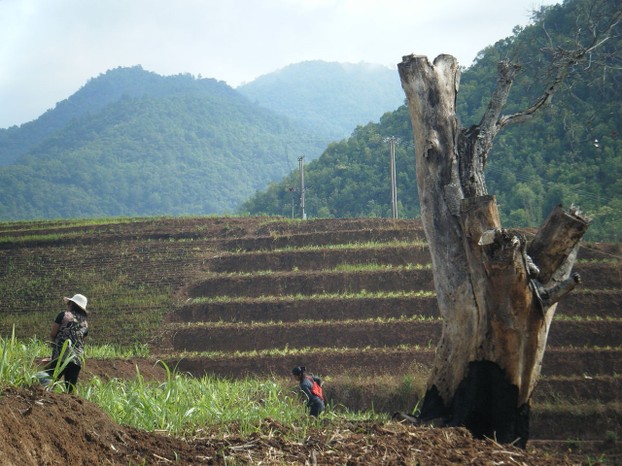
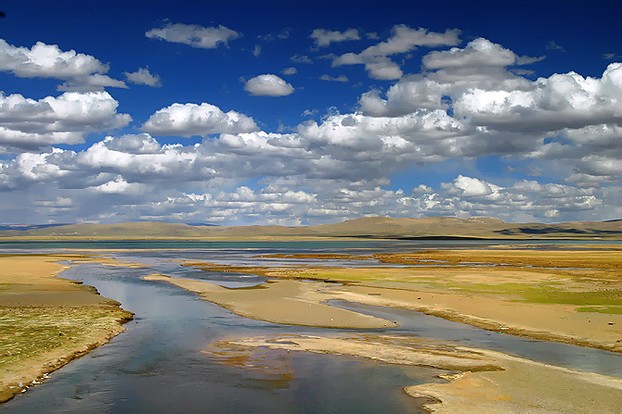
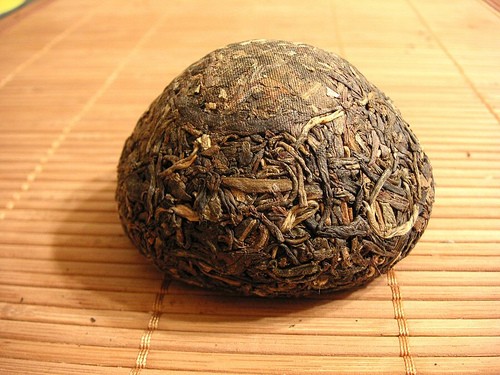
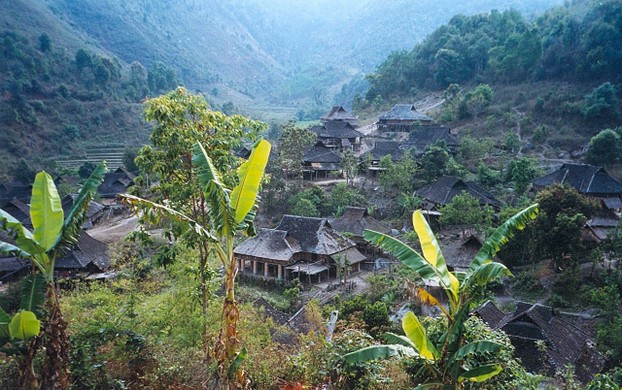
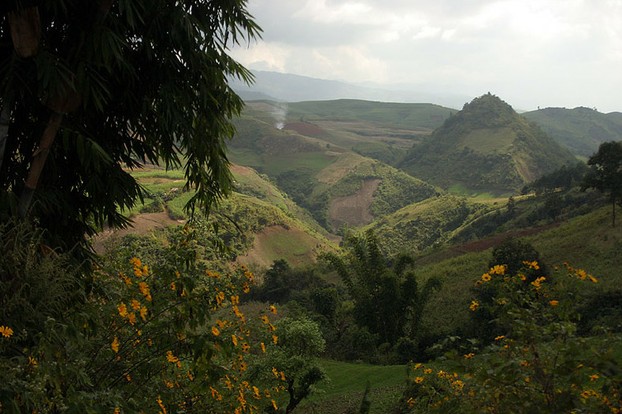
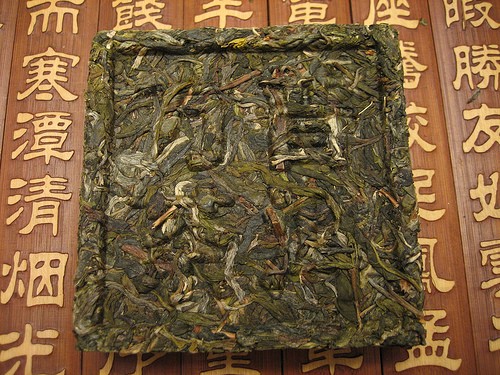
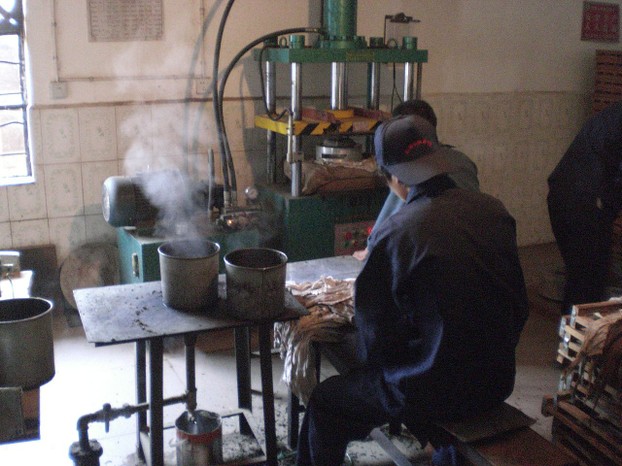
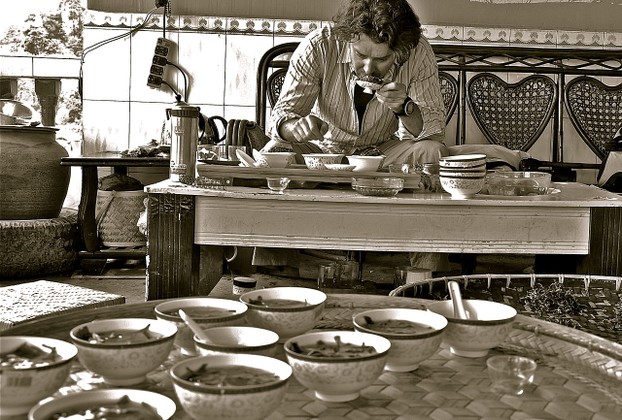
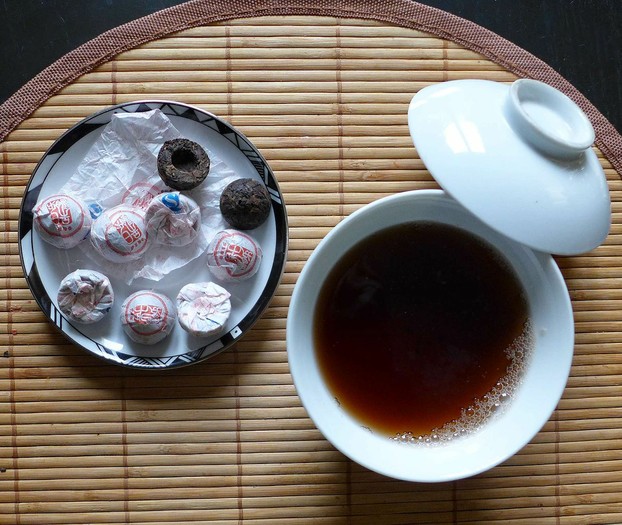
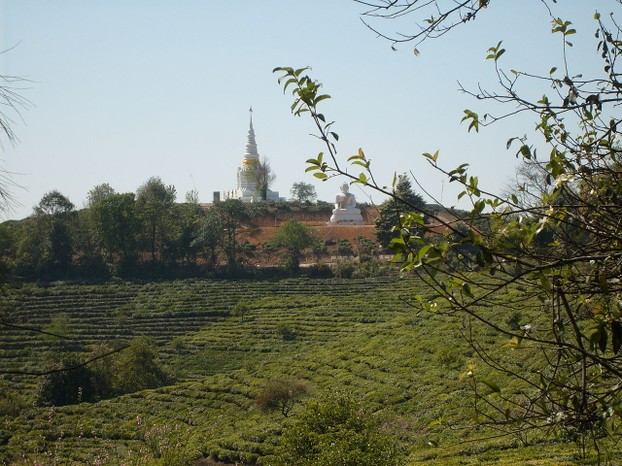






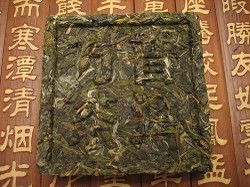

 Are Hawaiian Huakai Po Nightmarchers Avenging Halloween Thursday?on 10/02/2024
Are Hawaiian Huakai Po Nightmarchers Avenging Halloween Thursday?on 10/02/2024
 Mailing Addresses for 2023 Form 4868 Extending 1040 and 1040SR April 15, 2024, Due Dateon 04/15/2024
Mailing Addresses for 2023 Form 4868 Extending 1040 and 1040SR April 15, 2024, Due Dateon 04/15/2024
 Mailing Addresses for 2023 Forms 1040 and 1040SR Filed in 2024on 04/15/2024
Mailing Addresses for 2023 Forms 1040 and 1040SR Filed in 2024on 04/15/2024
 Mailing Addresses for 2022 Form 4868 Extending 1040 and 1040SR April 18, 2023, Due Dateon 04/13/2023
Mailing Addresses for 2022 Form 4868 Extending 1040 and 1040SR April 18, 2023, Due Dateon 04/13/2023

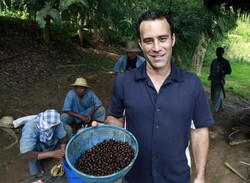
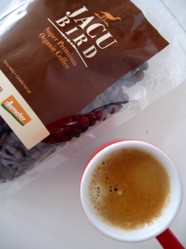
Comments
Lau Ban Zhang possibilitates as Yunnan province's "most venerated tea" and as the world's most renowned tea, according to "Yunnan, a Tea Lover’s Paradise: On the Ancient Trail with Jeff Fuchs," story and photos by Jeff Fuchs, published in Outpost magazine Aug. 23, 2019.
A well-known saying, “To know a Lau Ban Zhang is to love a Lau Ban Zhang," recognizes Lau Ban Zhang's elite status.
(https://outpostmagazine.com/tale-of-t...)
Another well-known saying, "Wine is judged by its vineyard; Pu-erh is judged by its mountain," acknowledges Lau Ban Zhang's superiority, according to "Aged Perfection: 2009 Lao Ban Zhang Raw Pu-erh Cake," published Sep. 20, 2025, on premium tea supplier Chinese Tea Group's website.
(https://www.chineseteagroup.com/blogs...)
Tea purists identify "three musts" for "a Puer to be a Puer," according to "Yunnan, a Tea Lover’s Paradise: On the Ancient Trail with Jeff Fuchs," story and photos by Jeff Fuchs, published in Outpost magazine Aug. 23, 2019.
The three requirements characterizing Puer tea are as follows:
The tea must grow in Yunnan, an inland province in southwestern China.
The tea must belong to the large leaf, robustly flavored Camellia sinensis var. assamica species.
Processing must emphasize sun-dried leaves.
(https://outpostmagazine.com/tale-of-t...)
For those wondering about Jeff Fuchs' writings for Outpost travel media:
Jeff is "a longtime editor-at-large for Outpost," according to Outpost magazine's author page for the explorer and tea expert.
(https://outpostmagazine.com/author/je...)
Jeff's "Passage to Pashmina | On the Ancient Wool Route with Explorer Jeff Fuchs" was republished on Outpost travel media's "Features" Aug. 1, 2022. The article originally appeared in Outpost magazine March 31, 2018.
The article's meta description states: "For centuries, the rich fleece grown by Himalayan sheep was harvested for the world’s cultured capitals. How did it get there? Explorer and Outpost editor-at-large Jeff Fuchs went to the mountains to find out, and retrace the trading routes of pashmina wool.."
(https://outpostmagazine.com/passage-t...)
For those wondering about Jeff Fuchs and the 2024 World Tea Expo:
Jeff Fuchs appeared as the keynote speaker at the 2024 World Tea Expo, according to:
--Ashley Bray in "World Tea Expo Keynoter Jeff Fuchs Talks Connecting Through Tea," posted Jan 24, 2024, on World Tea News website;
(URL @ https://www.worldteanews.com/best-pra...)
----Aaron Kiel in "Award-Winning Tea Explorer, Jeff Fuchs, to Keynote World Tea Expo 2024 in March," posted Nov. 1, 2023, on World Tea News website;
(URL @ https://www.worldteanews.com/whats-br...)
-- World Tea News in "World Tea Expo Keynoter Jeff Fuchs Talks Connecting Through Tea," posted Jan. 24, 2024, on worldteaexpo @ Instagram.
(https://www.instagram.com/p/C2fnYJqSYPH/)
The event was held Monday, March 18, to Wednesday, March 20, 2024, at the Las Vegas Convention Center in Las Vegas. Jeff gave his address, titled "Inspiring the Next Generation of Tea Lovers," Tuesday, March 19, from 8 a.m. to 8:30 a.m.
For those wondering about Jeff Fuchs and the 2025 Paris Tea Festival:
Jeff Fuchs gave a lecture, in English, on China's Tea and Horse Road. The lecture took place Sunday, June 15, 2025, at 9:30 a.m., according to the CONFÉRENCE
Jeff Fuchs : La route du thé et des chevaux page on the Paris Tea Festival website.
(https://www.paristeafestival.com/elem...)
The announcement of Jeff's lecture noted the honor of Jeff's participation.
"Nous sommes honorés de recevoir une légende vivante du thé! Le grand Jeff Fuchs sera à Paris pour nous emmener sur la route du thé et des chevaux. Conférence en anglais. Réservation impérative, places limitées."
("We are honored to welcome a living tea legend! The great Jeff Fuchs will be in Paris to take us on the route of tea and horses. Lecture in English. Reservations required; places are limited.")
Jeff's lecture took place at Maison Internationale de Paris, 17 Boulevard Jourdan, 14th arrondissement, left bank of the Seine.
Jeff Fuchs describes tea as exerting an "eternal binding influence and meaning" for him.
“If a cup of tea isn’t offered, a relationship isn’t offered,” a Himalayan mantra expressed along parts of the Tea Horse Road, epitomizes tea's significance for Jeff, as explained in "Tea, The Eternal Restorer," posted on his website.
(https://www.jefffuchs.com/tea-all-things)
For those asking about Jeff Fuchs:
Jeff Fuchs appears in this post's eighth image (third from last).
As noted in the image's caption: "In 2007, Jeff Fuchs became the first westerner to trek entire Yunnan–Tibet Ancient Tea Horse Road (3,728 miles/6,000 kilometers)."
Jeff co-founded Akahiao Nature Institute with his wife, Julie Rogers, in 2018. The institute is located in Huehue Ranch on the western slope of Hualālai shield volcano on Hawai'i's Big Island. Jeff and Julie operate Akahiao as "an experiential learning center for ecological designs and environmental stewardship," as stated on "Story of Our Place" page on the institute's website (https://www.akahiao.org/our-place).
Akahiao offers Partner Programs and Daycare. The institute and partnering organizations co-design programs that fulfill partner goals and embody Akahiao's "core values of nature immersion, identifying of self values, and nourishing food" ("Partner Programs," https://www.akahiao.org/partnerprograms). ʻAkahiao Keiki Program is licensed as Family Childcare Home (FCCH). The daycare emphasizes guided exploration of nature for up to six children in the program ("'Akahiao Keiki Program," https://www.akahiao.org/daycare).
"If we don’t engage youth, how then can we expect them to care?” explains Jeff in "Aloha ‘Aina at Hawaii’s Akahiao Nature Institute," an interview with writer Raye Mocioiu posted on the Global Heroes news and media website (https://www.globalheroes.com/jeff-fuc...).
Contact information for Akahiao Nature Institute:
email: [email protected]
phone: 808-781-4563
address: 72-3667 Hawaii Belt Road
Kailua-Kona, Hawaii County 96740
Mira, Puer tea is definitely an interesting tea. I also enjoy the world of tea: so many varieties!
Puer tea sounds interesting. It's funny how it's oxidized and yet still has important health benefits. I believe in learning and sampling many kinds of tea. Apparently it's better than other teas at fighting body fat.